The Age of Enlightenment was still in its infancy and the French Revolution wouldn’t touch off for another century. Ruled by a traditionalist monarchy and a corrupt state church, France was still very much stuck in the dark ages throughout the Early Modern period. The Catholic Church dominated nearly all areas of social, political and economic life, and nowhere was the iron grip of “divine authority” felt stronger than by the rural peasantry.
As the largest single property owner in France, the Church controlled nearly 40% of the country’s wealth – much of which accrued through a heavy taxation on the peasantry and the confiscation of lands. Upper Church officials mostly came from old nobility provincial and royal court families, and they maintained a lavish and decadent lifestyle (“by the will of God”) while the poorest segments of rural society struggled daily against debt, eviction, poverty, malnutrition and premature death.
In the face of such a bleak and unjust state of affairs, what’s a downtrodden peasant to do?
“The witches were a vast political movement, an organized society, which was anti-social and anarchical, a world wide plot against civilizations.”
– Montague Summers (1928 preface to the Malleus Maleficarum)
The history of witchcraft reaches back to ancient times. But it wasn’t until the later Middle Ages that witches ceased to be “cunning folk” who were sought out for medicinal aid or prophetic advice and became the devil’s foot soldiers in an all-out war against Christian morality and virtue.
By the 13th century, witch gatherings were said to be taking place nightly in wooded areas throughout the countryside, drawing crowds numbering in the hundreds and thousands (Pierre de Lancre, a leading French demonologist, spoke of nocturnal meetings that brought together “some 100,000 devotees of Satan”).1 People couldn’t line up fast enough to pledge their oaths to the Devil at these nocturnal ceremonies, which were said to be followed by cannibalistic feasts and mass orgies. Once aligned with the forces of darkness a witch could, on their own or with the Devil acting through them, wield supernatural powers against person and property alike. They were responsible for everything from infertility, demonic possession and family misfortune to unexplained storms, crop failures, arson, plague outbreaks, attacks on livestock and unexplained deaths.2
 This was the basic image that was burned into the public consciousness, and the propaganda used to create a climate of mass panic where ‘witches’ could be hunted down ruthlessly and put to the stake, thereby extending the power and influence of the Church deep into the countryside.
This was the basic image that was burned into the public consciousness, and the propaganda used to create a climate of mass panic where ‘witches’ could be hunted down ruthlessly and put to the stake, thereby extending the power and influence of the Church deep into the countryside.
Between the mid 16th and 17th centuries France’s witch-hunt was at its height: forty witches were burned at Toulouse in 1557, four at Poitiers in 1568, and eighteen at Avignon in 1582. In Lorraine, some nine-hundred witches were condemned and executed between 1581-91. In Normandy there were witch-hunts between 1589-1594 (and again between 1600-1645).3 On the French Basque Coast entire communities were said to be taken over by witches, resulting in a succession of mass trials and executions between 1576-1605 that ended with nearly nine-hundred witches being put to the stake4 . The largest witch hunt in French history would take place between 1643-1645, with 650 witches arrested in Languedoc (a province with strong heretical traditions that trace back to early medieval times) alone.
All told, nearly six thousand people were executed for the crimes of witchcraft and heresy in France.5 The highest concentration of trials took place in the mountainous border areas, and the accused were disproportionately women from the poorest segments of society. Much debate has gone into the complicated set of circumstances that led to this bloody chapter in history. But it can’t be denied that, at its most basic level, the witch-hunts were a brutal form of social control used to keep oppressed – and potentially rebellious – populations in line.6
Throughout this period, church authorities demonized heretical beliefs, pagan folk practices, independent women and rebellious communities – a campaign that was successful both figuratively, and literally. It is very likely that the propaganda around these witch trials may have had the unintended effect of stimulating the activities they were intended to suppress. Upon hearing the details of devil worship and ritual practice publicized in the confessions, more people began to be attracted to the promise of the dark arts (as defined by the Church) and now had models for imitation.7 Eventually church officials began to take notice and voiced concern. After the published accounts of the 1612 possessions that overtook the Brigidine Convent in Lille, members of the Paris Faculty of Theology complained that such publicity was “deadly for the curious, the weak-minded, and the wicked”.8
“Satan [is] the eternal rebel, the first freethinker and the emancipator of worlds. He makes man ashamed of his bestial ignorance and obedience; he emancipates him, stamps upon his brow the seal of liberty and humanity, in urging him to disobey and eat of the fruit of knowledge.”
– Mikhail Bakunin, God and the State
In a world where the Church dictated a life of misery, conformity and ignorance its no wonder ‘the Devil’ (as both “adversary” and “light bringer”) had such a strong attraction among the knowledge-starved and rebellious-minded. France’s Early Modern Era gave birth to what we know as “modern satanism”. Amidst the backdrop of the witch craze that swept the countryside the major works of black ritual magic –The Grimorium Verum, The Grand Grimoire and The Constitution of Honorius – first saw general distribution around this time. The convents and church institutions were rocked by a series of ‘satanic’ possessions.9 And eventually even members of the aristocracy were starting to dabble in the dark arts to advance their social positions.10 The Devil, it would seem, was gaining influence at all levels of French society. But it was the rural poor who needed him most.
 Self-empowerment has always been at the heart of black magic: the promise of elevating mortals to the level of gods. For those living a life of bondage and toil (with only a vague hope for a better lot in the afterlife) this promise had immense appeal, worthy of great sacrifice and devotion. Finding no relief from their miserable lot in life through their prayers to the Christian god, many serfs looked to his opposite – the Devil – for salvation. The Church feared as much, admitting that “the poor are more likely to turn to the Devil to better their miserable position, rather than accepting the lot in life assigned to them by God”.11 In certain French border regions, torn by religious and social instability, it was said that many peasants were “driven to despair” and “prayed to the Devil only.”12
Self-empowerment has always been at the heart of black magic: the promise of elevating mortals to the level of gods. For those living a life of bondage and toil (with only a vague hope for a better lot in the afterlife) this promise had immense appeal, worthy of great sacrifice and devotion. Finding no relief from their miserable lot in life through their prayers to the Christian god, many serfs looked to his opposite – the Devil – for salvation. The Church feared as much, admitting that “the poor are more likely to turn to the Devil to better their miserable position, rather than accepting the lot in life assigned to them by God”.11 In certain French border regions, torn by religious and social instability, it was said that many peasants were “driven to despair” and “prayed to the Devil only.”12
Others went a step further, pledging their formal allegiance to Satan through a binding pact. The first appearance of the diabolical pact in France occurred in 1335. In Toulouse, an accused witch named Anne-Marien de Georgel was convicted of having entered into a signed pact with the Devil and of attending a meeting “that was presided over by a goat who taught her secret ways to work evil.”13
Over the next hundred years this belief gained wide acceptance. Pope Eugenius IV wrote to papal inquisitors in 1437, warning them of the successes of the prince of darkness, who was gaining influence and adherents through written contract.14 In 1486, the Malleus Maleficarum (The Witches’ Hammer) – the main text used by the Inquisition for the next two centuries – was first published, codifying this belief into a prosecutable offense according to heresy laws (and making it a moral obligation for Christians to hunt down and murder suspected witches).
By pledging a binding oath to Satan, witches were practicing a form of heretical dissidence that challenged not only religious authority, but also that of “rulers, judges, masters of all kind.” According to the Church, witchcraft subverted the very principle of law and order, “for all social relationships rested on legitimation by divine authority.”15
This was the essence of witchcraft, at least as far as the Inquisitors and demonologists were concerned. In the view of Jean Bodin, a leading 16th century French demonologist and political theorist, sects of witches represented a rebellious counter-society that sought to “divert divine power to its profit” and “overturn the natural order of religion”.16 A witch wasn’t just an individual agent of malevolence, but “members of an antichurch and an antistate, the sworn enemies of Christian society.”17
“Satan, literally the “adversary,” and chief supervisor of the Witches Sabbat, symbolically represents self-realization through rebellion. The celebrant utilizes rebellion as the means by which consciousness can be moved to challenge one’s own personal convictions as well as those complacencies that inhabit the conditions of the celebrant’s everyday life. […] Through this rebellion a new possibility for self-realization emerges through an introspection of one’s most natural state and camaraderie with the daemonic agents summoned at the Witches Sabbat.”
– The Witches Sabbat, Michael Ford and Michael Riddick (Silver Star: A Journal of New Magick)
Once someone had formally joined the witch-cult the next rites of passage was attendance at the regular nocturnal assemblies: The Witches’ Sabbat. It was said that these gatherings took place in isolated places, preferably forests or remote mountainous areas, where witches would arrive via broomstick flight or else by transforming themselves into animals. Once assembled they paid homage to the Devil through prayer and sacrifice. This was followed by frenzied ritual dancing (“in a circle, but always to the left”18), eventually culminating in a mass sexual orgy of an indiscriminate nature (“the son does not spare his mother, nor the brother his sister, nor the father his daughter”19).
 Some of these details, as bizarre as they seem, may have some basis in bastardized accounts of shamanic and animistic folk traditions that were rooted in the mountainous Alpine regions.20 Its said that a “devil’s grease” or ointment “consisting of bat’s blood, baby’s fat and soot” was used by witches in their rituals which strengthened their communion with demonic forces and gave them, among other powers, the ability to fly. Such a grease may have actually existed. However, the components were more likely aconite, belladonna, opium and hashish – which gave the power of hallucination and out-of-body experience, consistent with shamanistic folk practices.21
Some of these details, as bizarre as they seem, may have some basis in bastardized accounts of shamanic and animistic folk traditions that were rooted in the mountainous Alpine regions.20 Its said that a “devil’s grease” or ointment “consisting of bat’s blood, baby’s fat and soot” was used by witches in their rituals which strengthened their communion with demonic forces and gave them, among other powers, the ability to fly. Such a grease may have actually existed. However, the components were more likely aconite, belladonna, opium and hashish – which gave the power of hallucination and out-of-body experience, consistent with shamanistic folk practices.21
Some of the more sinister allegations – cannibalism, infanticide, bestiality – were part of the standard propaganda used for centuries by the Church to discredit religious opponents (Jews, Muslims, and heretical Christian sects). But there was also a political – both social and sexual – scope to this slander, which was used to criminalize the dissident practices and nonconformist beliefs held by the rural peasantry during that period. The descriptions of the Witches’ Sabbat tied in elements of peasant revolt and sexual transgression, “portrayed both as a monstrous sexual orgy and as a subversive political gathering, […] with the Devil instructing the witches to rebel against their masters.”22 Its worth noting that the first descriptions of these gatherings coincided with the mass peasant rebellions of the late 14th century, when clandestine meetings were indeed taking place under the cover of night and women were often the leading agitators.23
According to 19th century French historian Jules Michelet, if any such ‘Sabbats’ existed at all it was likely a folk gathering (going back to medieval times), “at which peasants came together at night to perform both ancient dances and satirical farces directed against oppressive lords and priests”. But as the climate of repression against the practitioners of these gatherings hardened, so did the nature of the gatherings themselves.24
“Under a shadowy likeness of the Devil the people worshiped none other than its own self.”
– Jules Michelet, La Sorcière: The Witch of the Middle Ages
By the 17th century the reports of witches gatherings indicated an increasingly more malevolent nature. The Black Mass had nothing of the folk celebration, revelry and satire of the earlier Sabbats. These were gatherings of ritual defiance where the Catholic Mass was openly mocked and the Christian God militantly denounced: the altar was broken and desecrated or else replaced with the body of a naked woman; the missal bound in human skin; prayers were recited backwards; holy symbols were spit on or trampled under foot; wine was replaced by water, blood or urine; and the host replaced with a rotten turnip or leather from a black boot.
 But even these rituals were not without social purpose. The participants “called loudly upon the Devil, ‘master of serfs’, to save them”. The boot and the turnip were considered a symbolic protest against the declining standard of living. The Devil was worshipped as the adversary of “the oppressor’s God,” who was sympathetic to the plight of the poor.25
But even these rituals were not without social purpose. The participants “called loudly upon the Devil, ‘master of serfs’, to save them”. The boot and the turnip were considered a symbolic protest against the declining standard of living. The Devil was worshipped as the adversary of “the oppressor’s God,” who was sympathetic to the plight of the poor.25
In addition to salvation appeals, these rituals were also used in the witch’s struggle against their worldly enemies. The practice of maleficia – the use of curse, conjuration and enchantment for vengeful purposes – was another aspect of the black mass.
One example, which came to be known as the Mass of Saint-Sécaire, originated in the Gascony region. It was said to be performed in an abandoned church by a corrupt priest, with only his lover as attendant. He would begin to recite the Christian Mass backwards, being sure to finish at precisely the last stroke of midnight. A rotten turnip slice cut into a triangle acted as the host, and the “consecrated wine” was water from a well in which an unbaptized infant had been drowned. At the end of the mass the officiant would pronounce the name of the victim whom the ritual was directed against and they would die a slow and lingering death.26
There was also the “blessing” of nails stolen from an unearthed coffin, which were later driven into the footprint of an enemy while reciting in Latin ‘Pater noster upto in terra’ (‘Our father who art on earth,’ not heaven) to cripple or maim them. Waxen effigies, which were made for use in various cursing rituals to cause misfortune, sickness or death. And the power of the Mauvis Oeil (Evil Eye), which was granted to the devoted patrons of the black arts, giving a witch the ability to cast spells with a simple glance of the eye.27
However, if evoking the Devil to conjure magical powers or enact a hex failed to achieve the desired result, a witch could always to turn to less supernatural means: sabotage and poison.
“And ye shall be freed from slavery, and so shall be free in everything […] and the last of your oppressors shall be dead.”
– Charles Leland, Aradia: The Gospel of Witches
Of the many crimes attributed to witches, crop destruction and unexplained sickness or death were the most common. Much of this can be attributed to natural causes, with “witches” providing an easy scapegoat for the superstitiously minded. But its not outside of the realm of possibility to suggest that sabotage and poison – the age-old weapons of vengeance for the disempowered – were also employed on occasion.
The French countryside has a long tradition of peasant revolt that has manifested itself in both open protest (there were literally hundreds of uprisings – from isolated food riots to major rebellions – during this period28) and conspiratorial resistance. Various means of “agrarian terrorism” were used against exploitative landowners, with cattle-maiming and crop-burning being some of the more popular tactics of the time. In fact the word sabotage itself has French origins and literally means “to clatter with sabots (wooden shoes)”, referring to peasants trampling crops as a form of protest.
Fields and vineyards were set ablaze from time to time, the arson often claimed to be the work of the witch. According to popular superstition, the Devil’s agents also had the ability to “destroy the fruits of the fields […] with unusual thunder, lightning, showers, hail, storm winds, frost, flooding, mice, worms and many other things, […] causing them to rot in the fields.”29 Or else, “witches […] filled the skin of a cat with assorted vegetable matter, put it in a spring for a period of three days, and then to dry and grind the mixture. On a windy day they go up a mountain and scatter the powder across the land as a sacrifice to the Devil, who in return for their offering will destroy the crops.”30 Lye or salt could have also been sown into the soil directly.
Conspiracies involving poison or the spreading of disease were very much in the public mind during this period. Like the Jews before them, witches were often accused of poisoning wells to spread sickness and death in Christian communities. This was obviously recycled slander used by Church authorities against earlier perceived threats, all the more effective in a fearful age where plague epidemic was still a recent memory. But that doesn’t rule out the use of poisons entirely.
It was said that the Devil advised witches in the production and use of pousset – a diabolical substance used to sicken or kill animals and people.31 The recipe could contain any number of bizarre ingredients, depending on who was tortured into confessing to its manufacture. Its probably safe to say that toad’s saliva or the rendered flesh of an unbaptized infant wouldn’t add much to the potency or effectiveness of these potions and powders. But arsenic would.
Arsenic was readily available and, administered in large doses, would produce symptoms that resembled those of cholera, dysentery or plague – fever, diarrhea, vomiting, convulsions, delirium, coma – and eventually result in death.32 Additionally the witch’s arsenal could include a variety of other herbal toxins obtained from “the devil’s garden”: Hemlock, which caused paralysis of various body systems; Belladonna and Mandrake Root could inflict delirium and hallucinations; Hensbane could induce drowsiness, and in large doses, coma; and Aconite (aka Wolfsbane) “applied to a wounded finger could affect the whole system, not only causing pains in the limbs, but a sense of suffocation and syncope”.33
Many of these symptoms correspond with the acts of maleficia reported to have stricken humans and livestock. In The Compendium Maleficarum, an Italian witch-hunter’s manual written in 1608, its claimed that “the sickness with which the bewitched suffer are most often a wasting or emaciation of the whole body and loss of strength, with a deep languor, dullness of the mind, various melancholy ravings, different kinds of fever; […] convulsive movements like an epileptic; a sort of rigidity of the limbs; sometimes the whole head swells; or such a lassitude pervades the whole body that they can hardly move at all; […] some lose their appetite, and some vomit their food and are so upset in the stomach that they are often constricted in pain.”34
The French-speaking border region of Switzerland was shaken by a plague panic throughout the mid-16th century.35 Witches were accused of conspiring to anoint doors and windows of various homes with a “grease made from plague-infected matter”. During a witch trial that took place outside of Neuchâtel in 1583, two women confessed to having been provided with herbs by the Devil “to make a grease to rub on windows and doors so that people would die when they touched it.”36 In 1590, the French demonologist Jean Bodin reported a confession made by a suspected witch who claimed to have buried a jar containing a toad, a consecrated host, and various magical powders “beneath the doorway of a sheepfold while uttering some words […] in order to make the flock die.”37 And in the province of Berry, in central France, it was said that witches wore the skins of wolves or wild boars and roamed the country-side poisoning cattle.38
The most famous and well-documented diabolical poisoning conspiracy was the L’affaire des Poisons (The Affair of Poisons), a major murder scandal that took place in Paris between 1677-1682, during the reign of King Louis XIV.39
 Catherine Deshayes (aka ‘La Voisin’), a practicing sorceress from a peasant background, was at the center of a ‘criminal magical underworld’ that operated in Paris and Versailles at the time. La Voisin’s services – which ranged from abortions to love magic to poisons known as “inheritance powders” – were sought out by influential members of the French aristocracy. Her most important client was Madame de Montespan, the official royal mistress to the king. Black masses and other services were provided for Montespan in order to maintain her social position and eliminate competing foes within the king’s court. Eventually King Louis XIV himself became the planned victim for poisoning when the Madame fell out of favor with him. La Voisin, along with thirty-five accomplices, was tried and executed for the crimes of witchcraft and attempted regicide. She was publicly burned on the Place de Grève in Paris in 1680.
Catherine Deshayes (aka ‘La Voisin’), a practicing sorceress from a peasant background, was at the center of a ‘criminal magical underworld’ that operated in Paris and Versailles at the time. La Voisin’s services – which ranged from abortions to love magic to poisons known as “inheritance powders” – were sought out by influential members of the French aristocracy. Her most important client was Madame de Montespan, the official royal mistress to the king. Black masses and other services were provided for Montespan in order to maintain her social position and eliminate competing foes within the king’s court. Eventually King Louis XIV himself became the planned victim for poisoning when the Madame fell out of favor with him. La Voisin, along with thirty-five accomplices, was tried and executed for the crimes of witchcraft and attempted regicide. She was publicly burned on the Place de Grève in Paris in 1680.
“He who affirms the Devil creates or makes the Devil.”
– Eliphas Levi, Le Ritual le Haute Magie
The Devil is a manifestation conjured from the depths of human consciousness. An archetype of rebellion. The embodiment of “evil” as defined by the dominant status quo. The flame that lights the path of knowledge and self-empowerment through a world darkened by social and religious enslavement. The “master of serfs” who, once evoked, has the ability to turn the world upside down.
By the 18th century progressive social changes were taking place across Europe and the witch-craze that afflicted France, and much of the continent, had more or less died down. The mass witch hunts ended with the edict of Louis XIV in 1682, and the last French execution for heresy was in 1745. The forces of Church and State had also largely reigned in (“Christianized”) the remote and rebellious rural areas, extinguishing the spirit of defiant social autonomy carried over from the Middle Ages and earlier times. Devil worship and black magic practices ceased to be rooted in the pagan folk traditions, heretical teachings and popular superstitions of the countryside and instead became the dark plaything of urban bourgeois circles.
It will never be known to what extent accused witches and heretics actually participated in a culture of Devil worship and ritual black magic during France’s Early Modern Period. But there is enough testimony (most coerced, some not) and physical evidence to suggest that at least some diabolical practices were taking place among the peasantry during this time. And why not? If a ruling theocratic order that kept you in crushing servitude was under threat of overthrow by “a secret, conspiratorial body organized and headed by Satan,”40 wouldn’t you join?
SOURCES:
1 Witches and Withcraft, Jeremy Kingston; pg. 40
2 Encyclopedia of Witchcraft: The Western Tradition (Volume 4), Richard M. Golden; pg. 978
3 Man, Myth and Magic: An Illustrated Encyclopedia of the Supernatural, Richard Cavendish; pg. 1046-47
4 Man, Myth and Magic: An Illustrated Encyclopedia of the Supernatural, J.C. Barola; pg. 224
5 Counting the Witch Hunt, Ronald Hutton
6 Burning Women: The European Witch Hunts, Enclosure and the Rise of Capitalism, Lady Stardust; pg. 3
7 The Black Arts: A Concise History of Witchcraft, Demonology, Astrology, Alchemy and other Mystical Practices Throughout the Ages, Richard Cavendish; pg. 288
8 Sixteenth Century Essays and Studies, Volume 62 : Werewolves, Witches, and Wandering Spirits : Traditional Belief and Folklore in Early Modern Europe, Kathryn Edwards; pg. 63
9 Demonic Possession and Exorcism in Early Modern France, Sarah Ferber
10 Strange Revelations: Magic, Poison, and Sacrilege in Louis XIV’s France, Lynn Wood Mollenauer
11 Witch Hunts in Europe and America: An Encyclopedia, William E. Burns; pg. 279
12 La Sorcière: The Witch of the Middle Ages, Jules Michelet; pg. 204
13 Man, Myth and Magic: An Illustrated Encyclopedia of the Supernatural, Richard Cavendish; pg. 1043
14 Witchcraft and Magic in the Nordic Middle Ages, Stephen Mitchell; pg 120
15 Servants of Satan: The Age of the Witch Hunts, Joseph Klaits; pg. 134
16 Sixteenth Century Essays and Studies, Volume 62 : Werewolves, Witches, and Wandering Spirits : Traditional Belief and Folklore in Early Modern Europe, Kathryn Edwards; pg. 152
17 Encyclopedia Brittanica: The Witch Hunts
18 The Encyclopedia of Witchcraft and Demonology, Russell Hope Robbins; pg. 421
19 An Examen of Witches, Henri Boguet; pg. 55-60
20 Ecstasies: Deciphering the Witches’ Sabbath, Carlo Ginzburg
21 Witches and Witchcraft, Jeremy Kingston; pg. 36
22 Caliban and the Witch, Silvia Federici; pg. 177
23 Witchcraft in France and Switzerland: The Borderlands During the Reformation, E. William Monter; pg. 18
24 La Sorcière: The Witch of the Middle Ages, Jules Michelet; pg. 79-85
25 Man, Myth & Magic: An Illustrated Encyclopedia of the Supernatural, H.T.F. Rhodes; pg. 274
26 Raising Hell: A Concise History of the Black Arts and Those Who Dared to Practice Them, Robert Masello; pg. 47
27 ibid; pg. 43
28 History of Peasant Revolts: The Social Origins of Rebellion in Early Modern France, Yves-Marie Bercé
29 Weather, Hunger and Famine: Origins of the European Witch Hunts, Wolfgang Behringer; pg. 72
30 Magic in the Middle Ages, Richard Kieckhefer; pg. 195-196
31 Witchcraft in France and Switzerland: The Borderlands During the Reformation, E. William Monter; pg. 109-111
32 Strange Relations: Magic, Poison and Sacrilege in Louis XIV’s France, Lynn Wood Mollenauer; pg. 92
33 Medieval Poisons, Sarah Woodbury
34 The Compendium Maleficarum, Francesco-Maria Guazzo
35 Plagues, Poisons and Potions: Plague-Spreading Conspiracies in the Western Alps, 1530-1640, William G. Naphy
36 Witchcraft in France and Switzerland: The Borderlands During the Reformation, E. William Monter; pg. 94
37 Strange Histories: The Trial of the Pig, the Walking Dead, and other Matter of Fact from the Medieval and Renaissance Worlds, Darren Oldridge; pg. 79-80
38 Witch Hunting in Berrichonne, Karen Morfu
39 Strange Relations: Magic, Poison and Sacrilege in Louis XIV’s France, Lynn Wood Mollenauer
40 Summis Desiderantes, aka “The Witch-Bull” (1484), Pope Innocent VIII




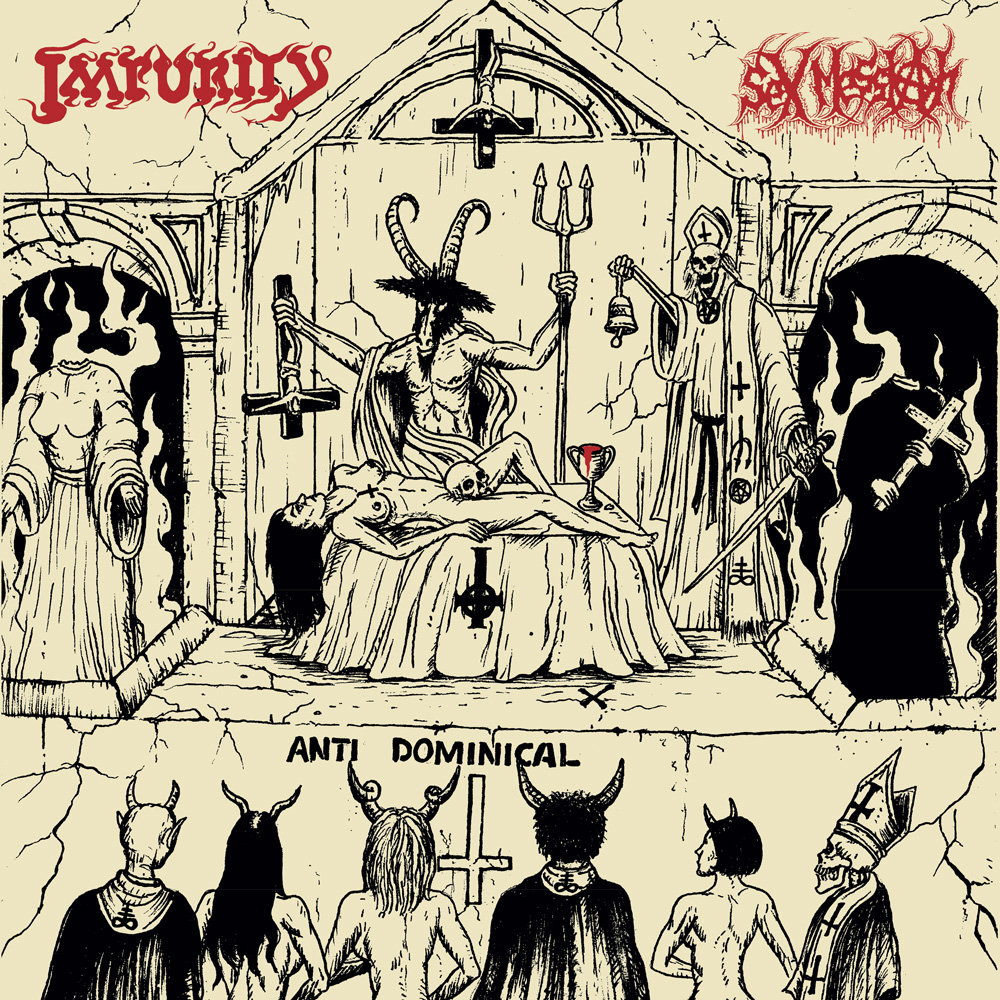

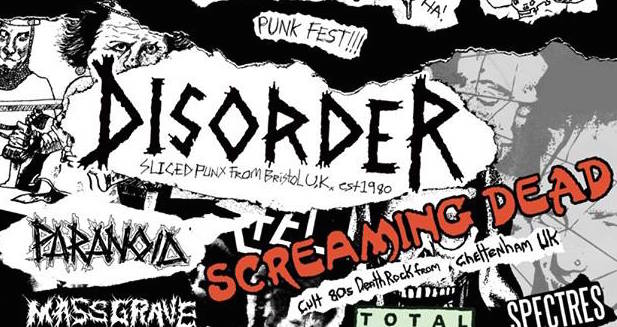

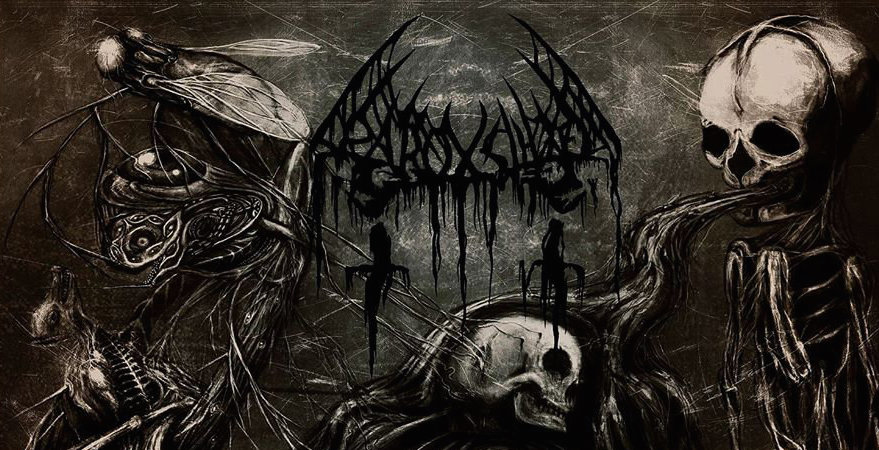
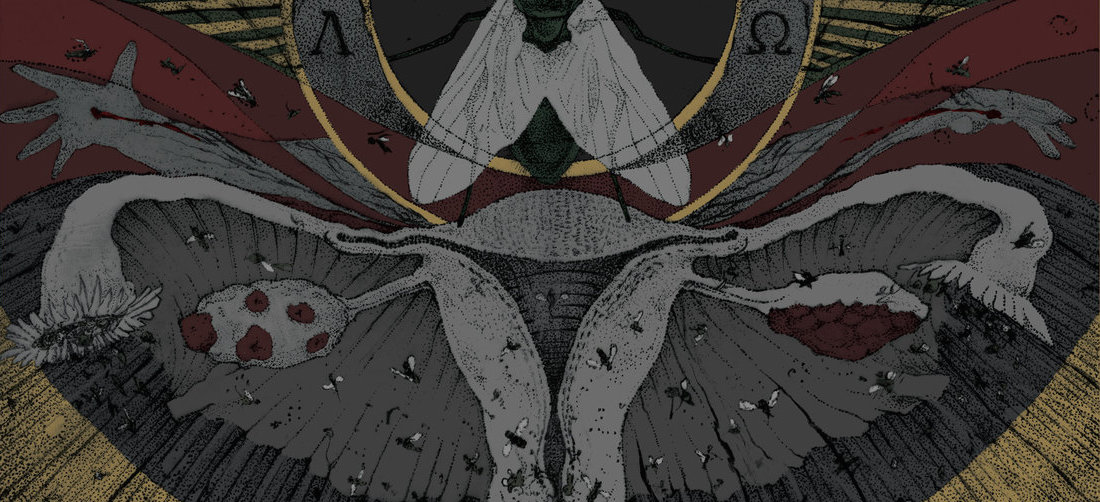
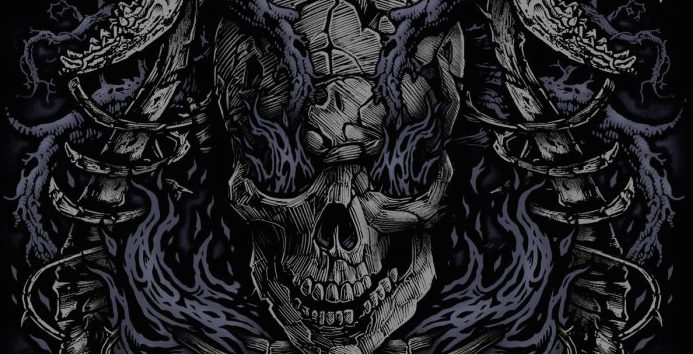
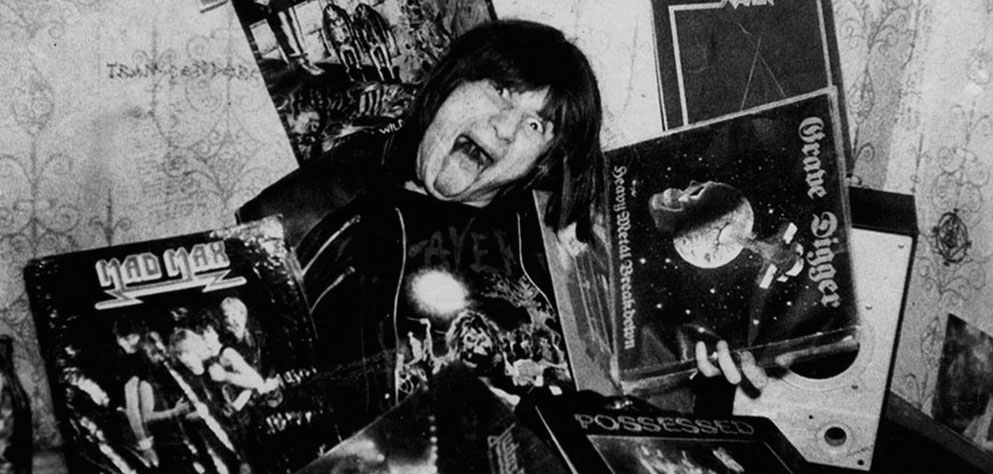
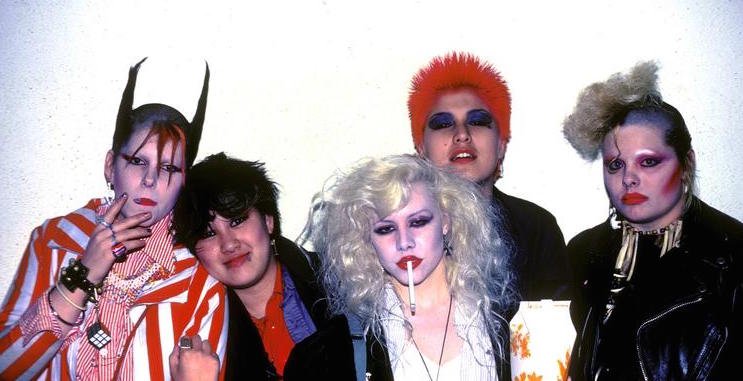
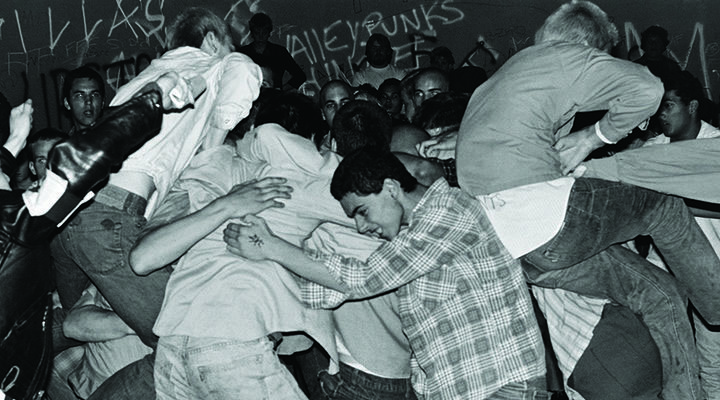


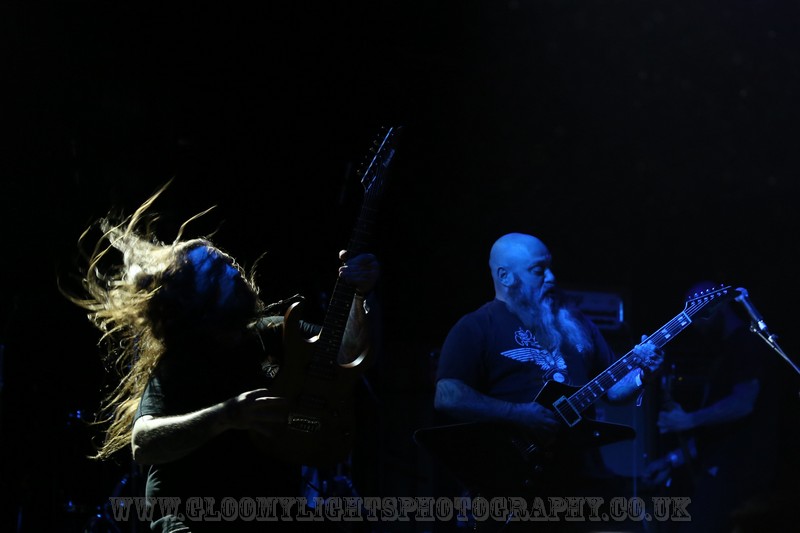



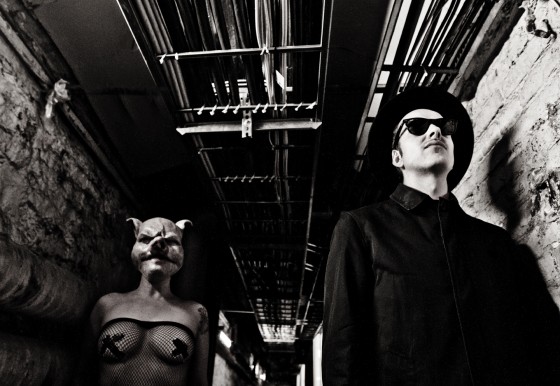
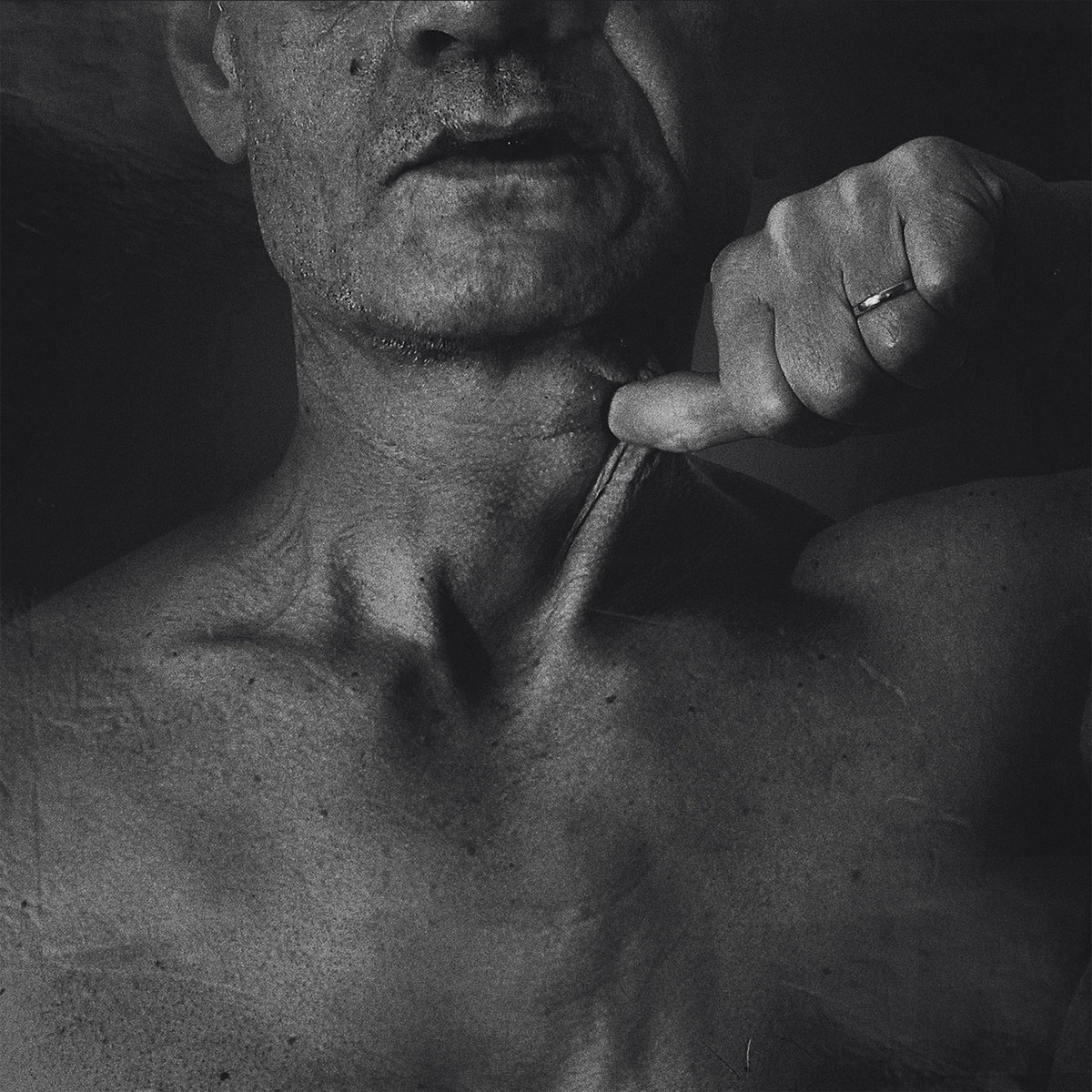

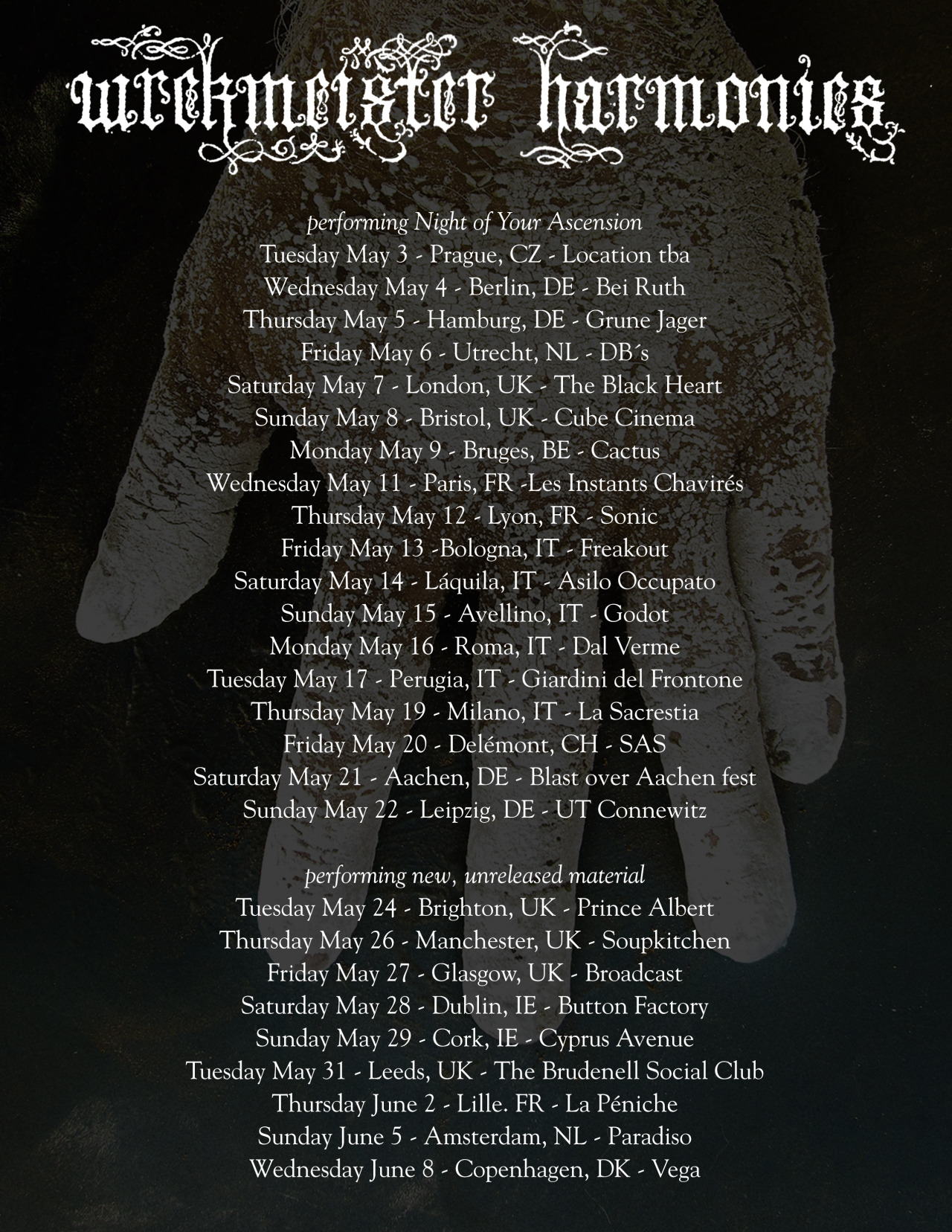
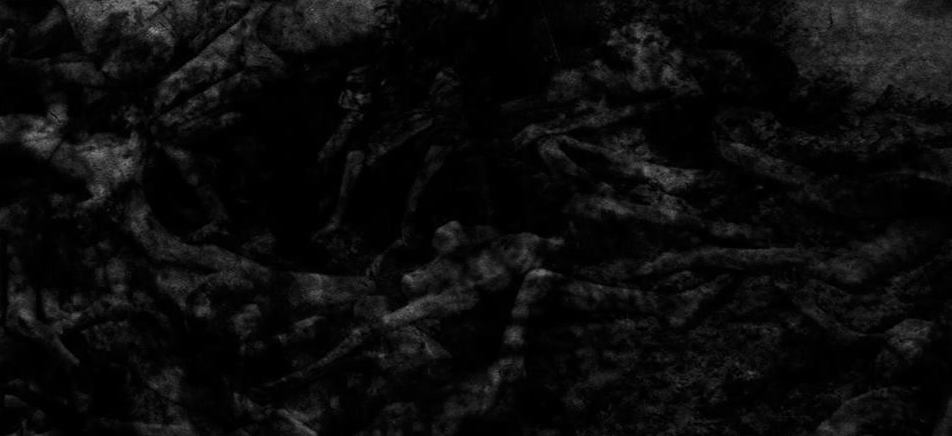



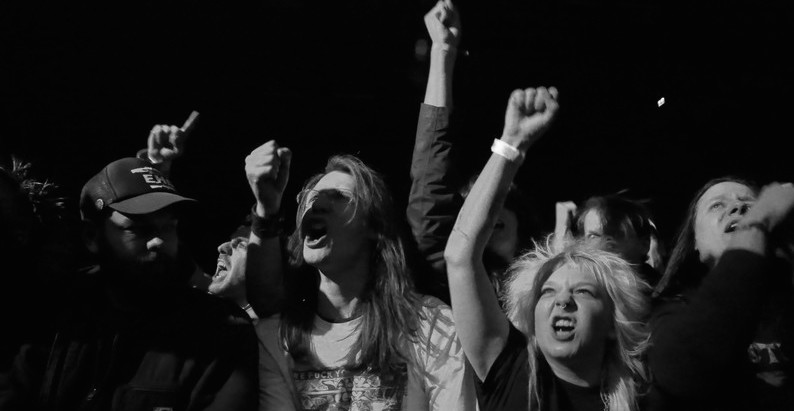
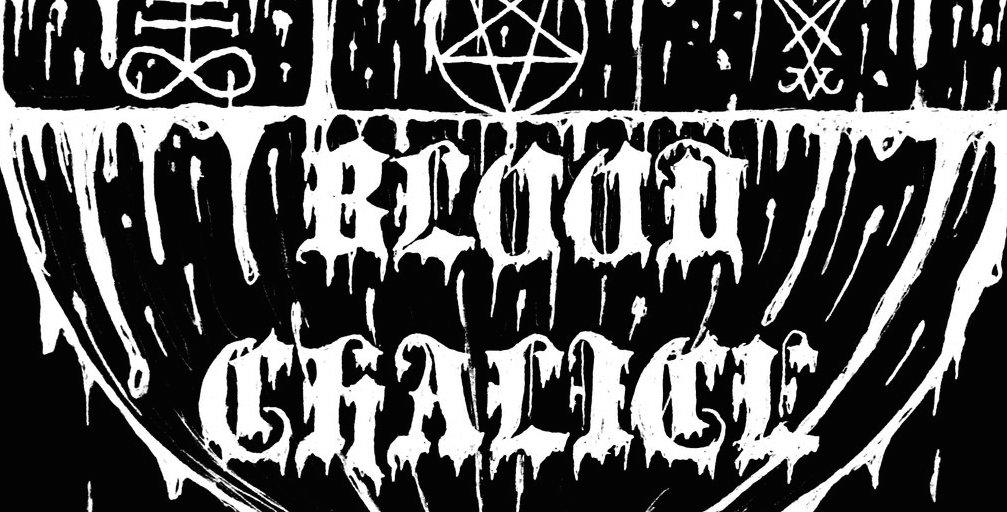
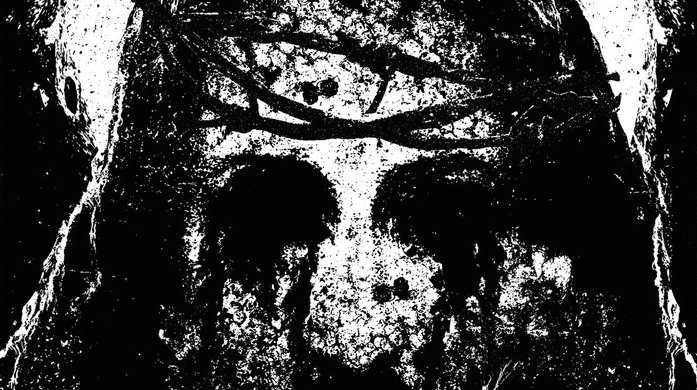




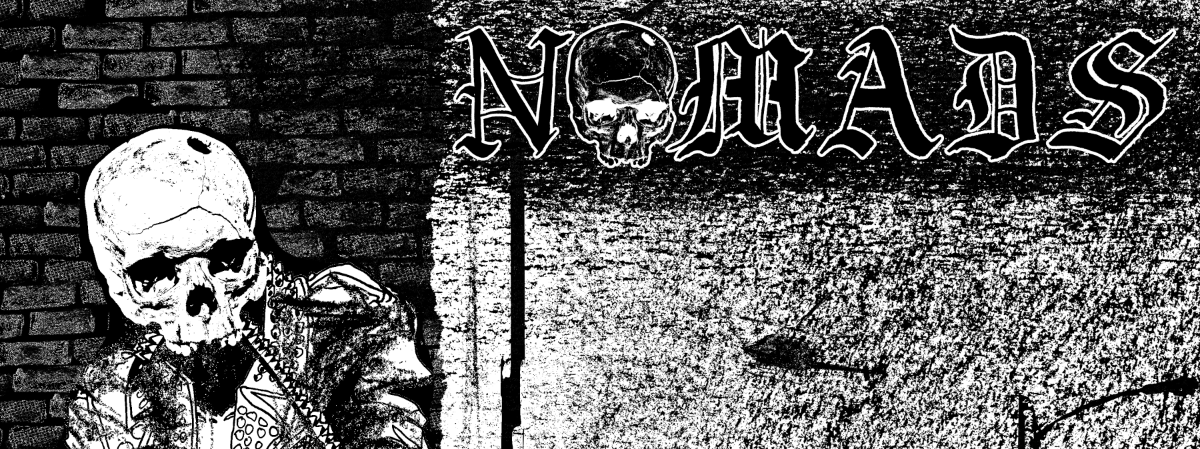
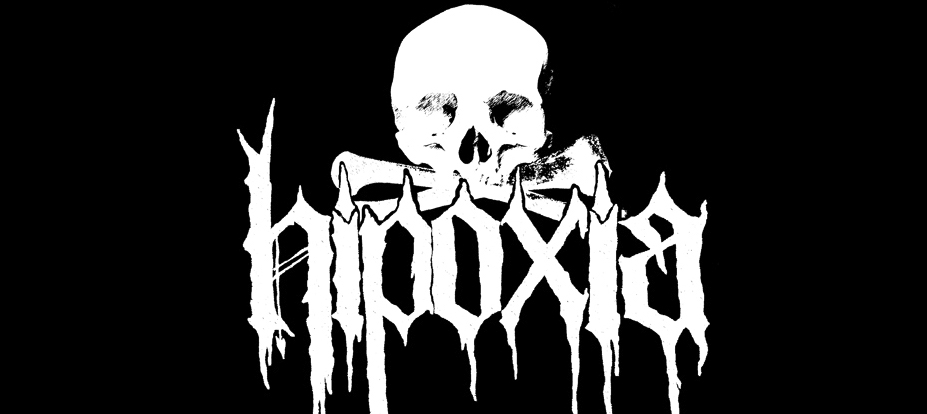

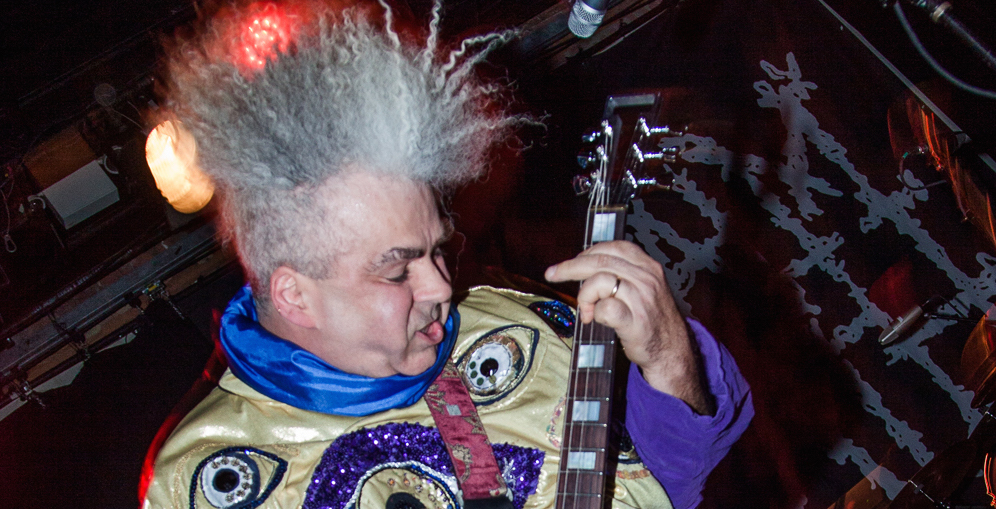

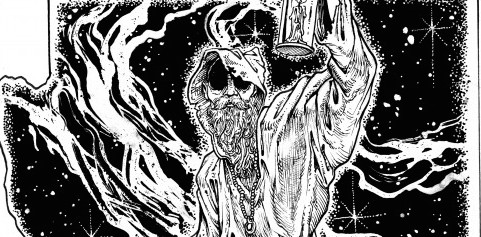
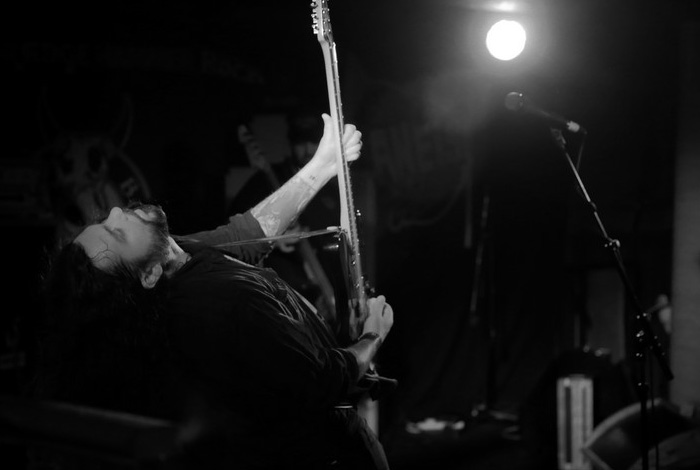
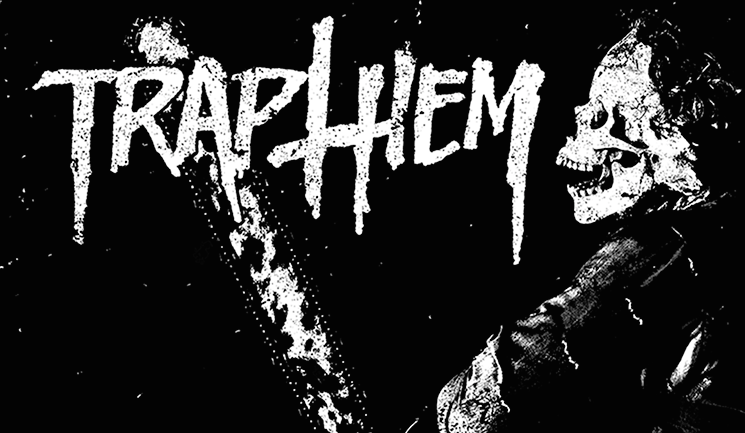



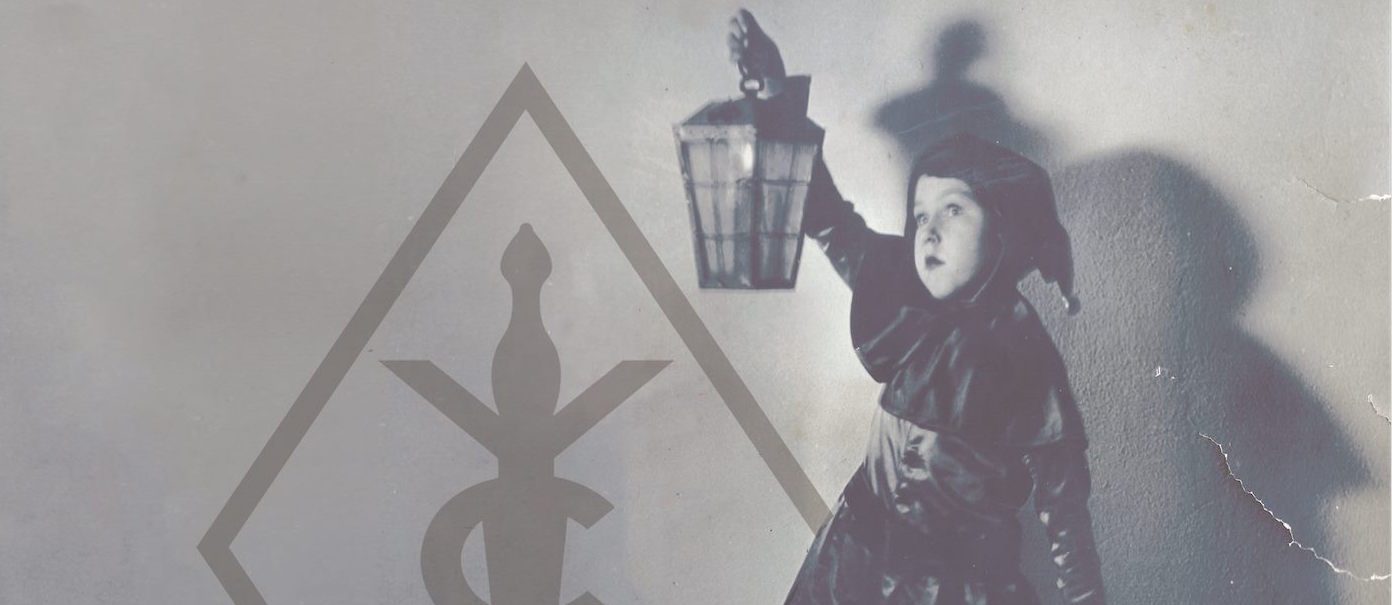



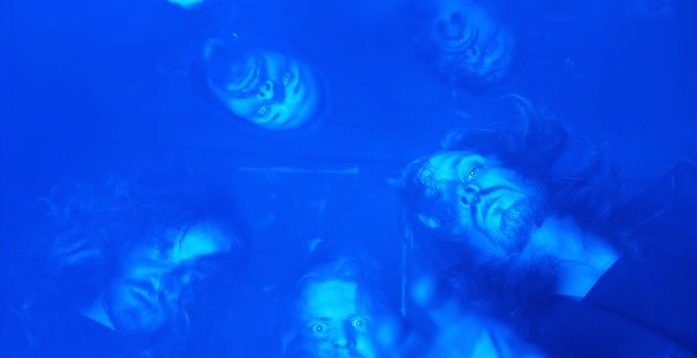
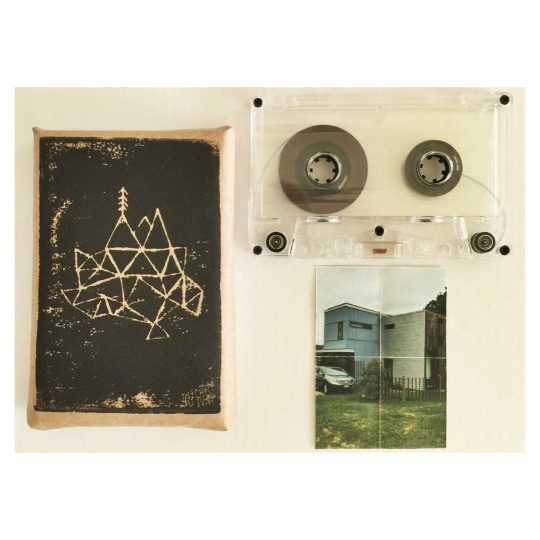

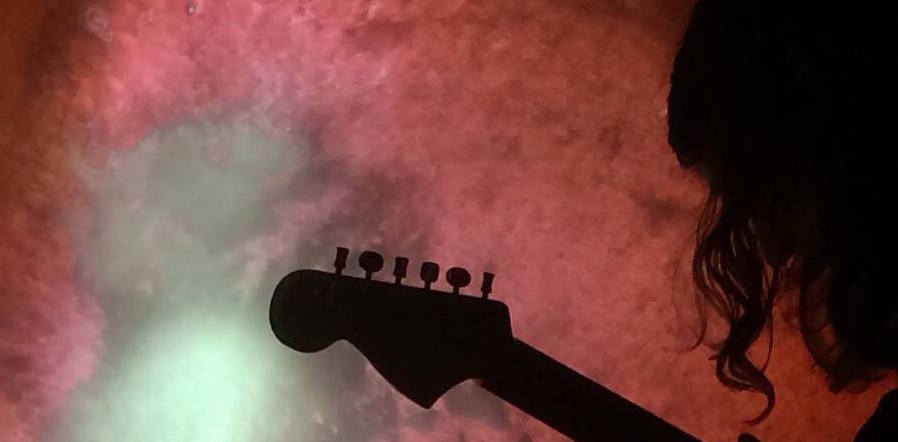

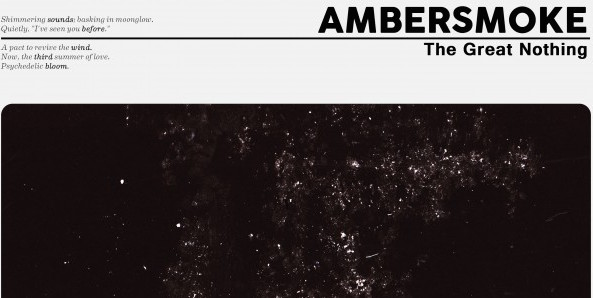
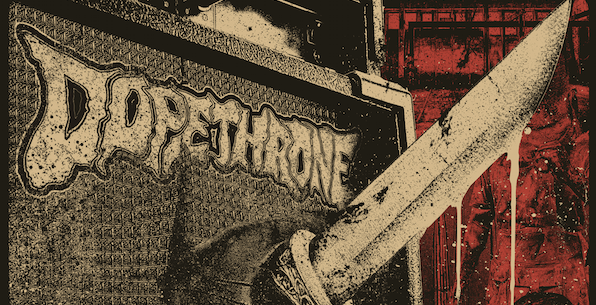


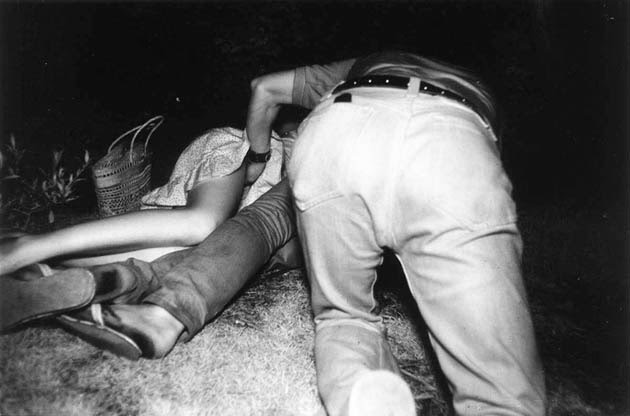
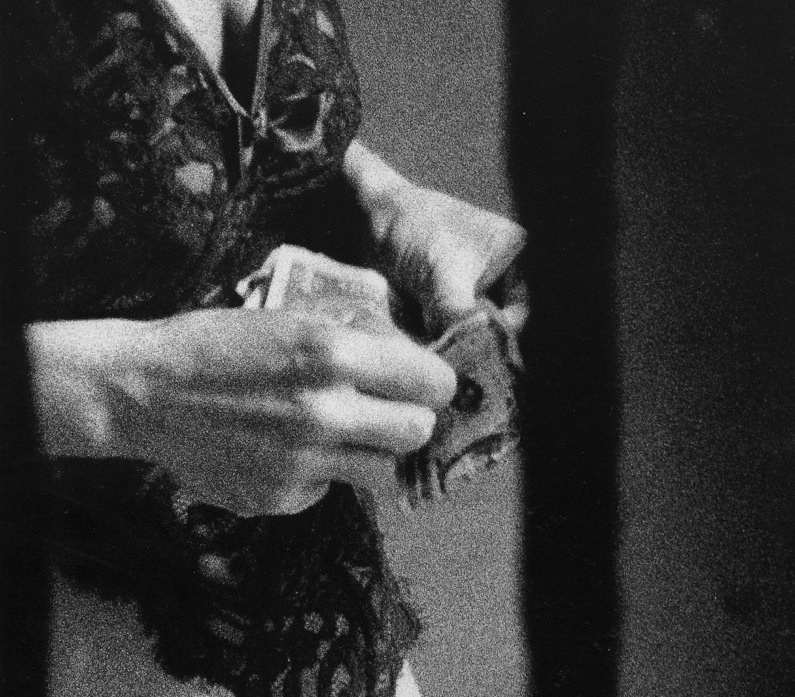

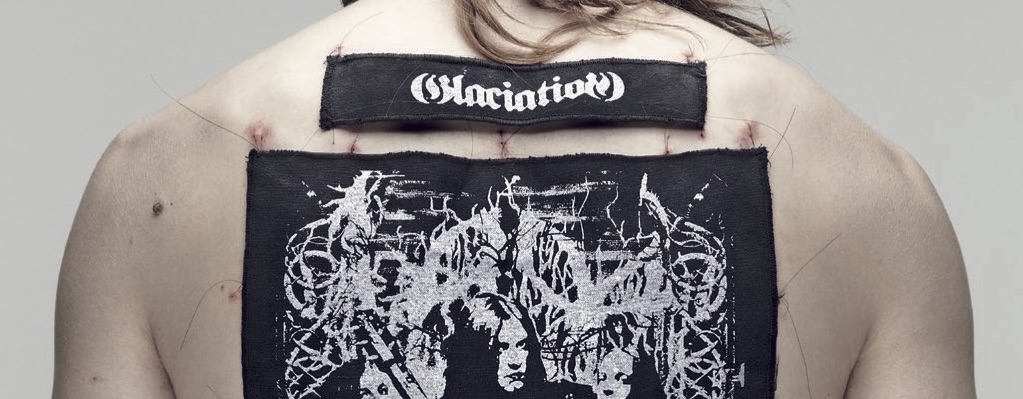

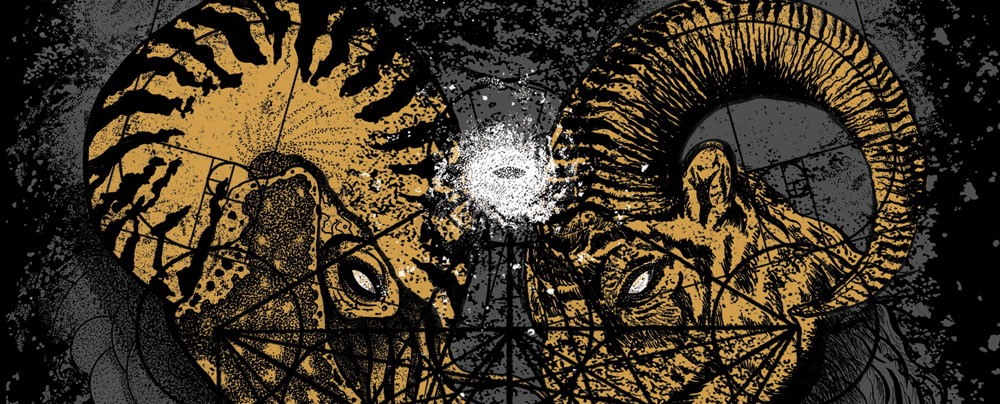

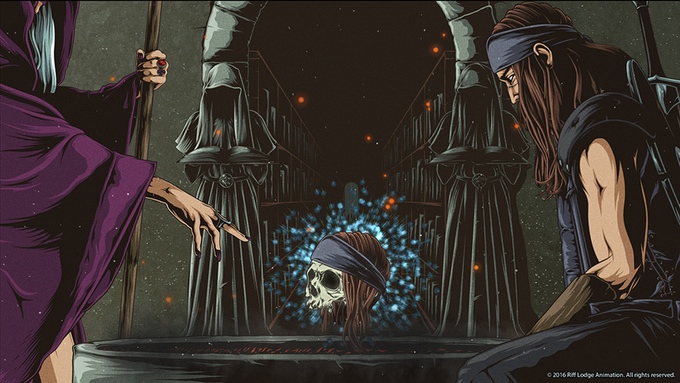
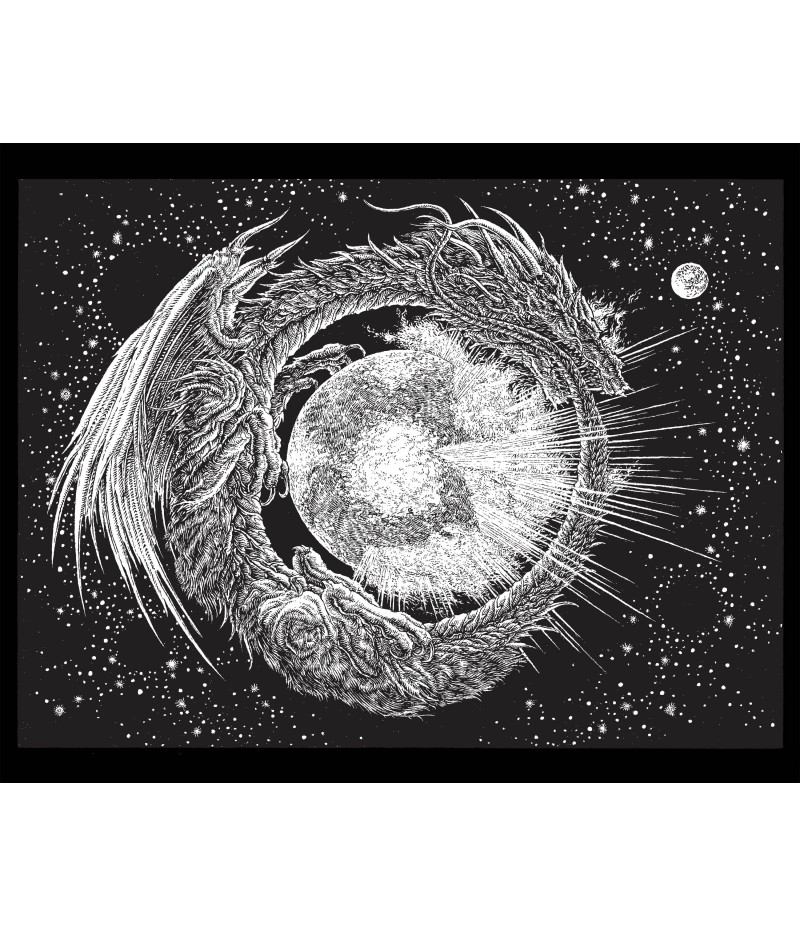
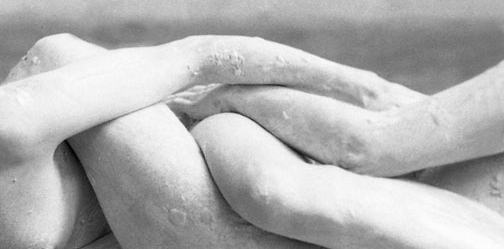
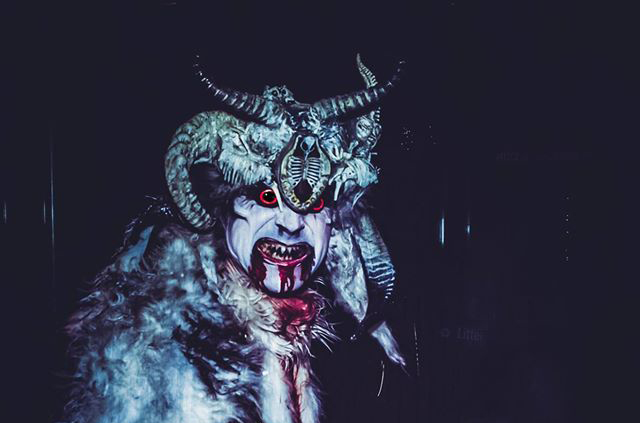

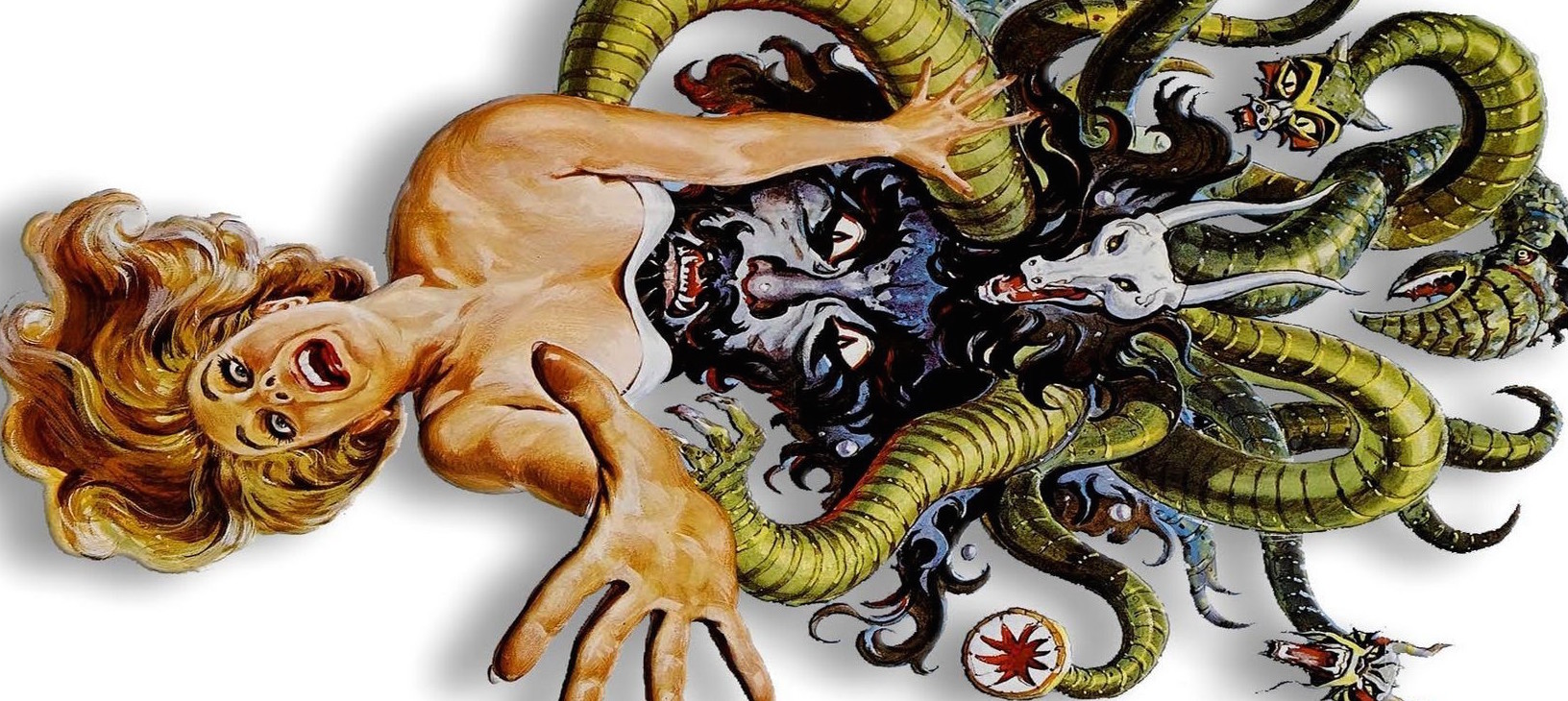

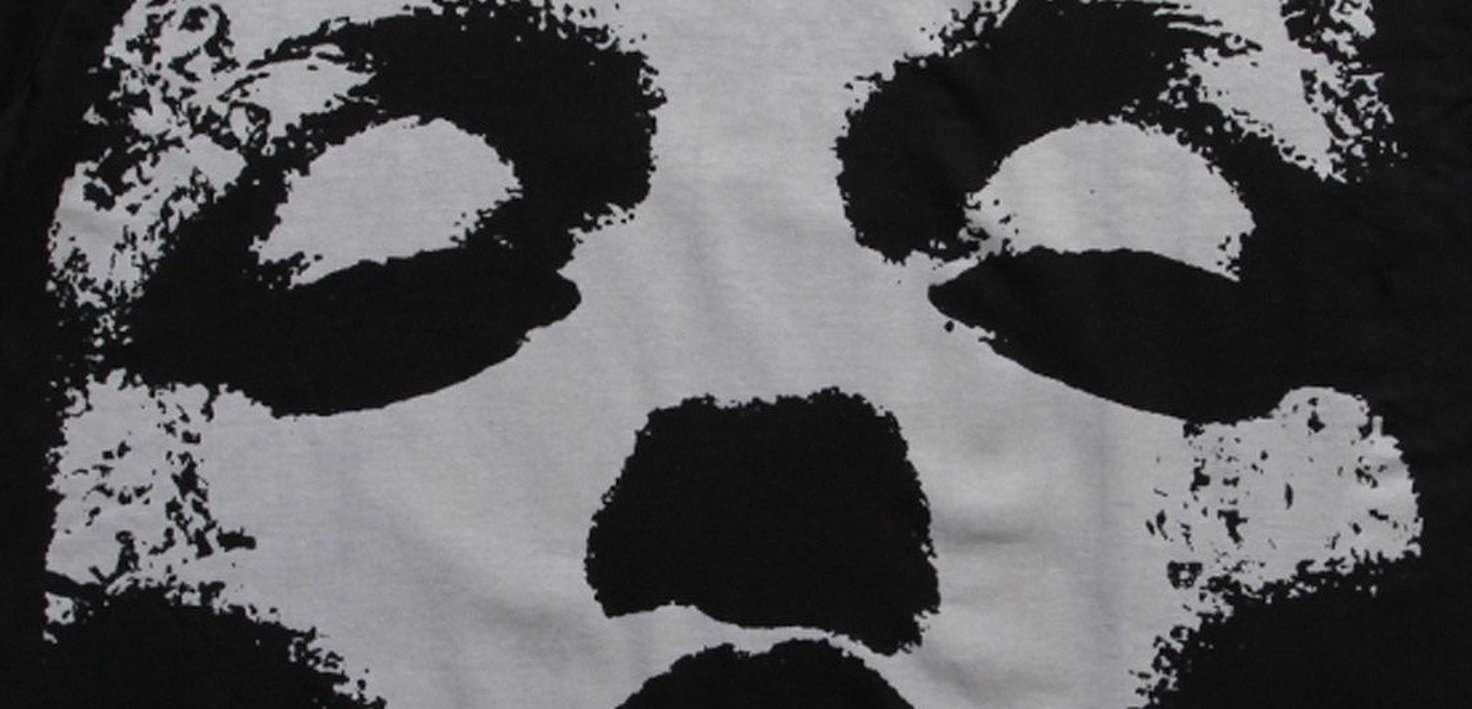
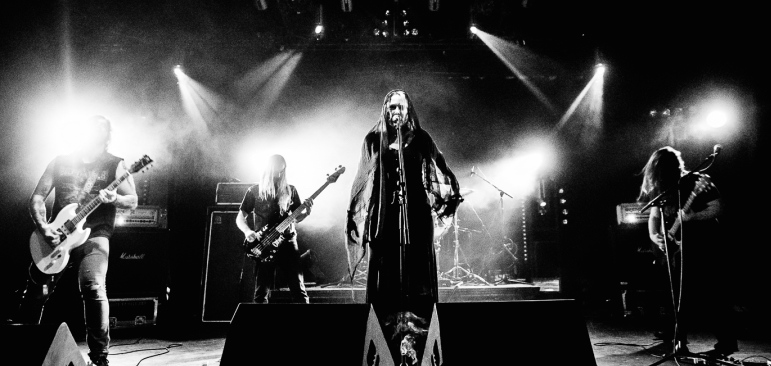
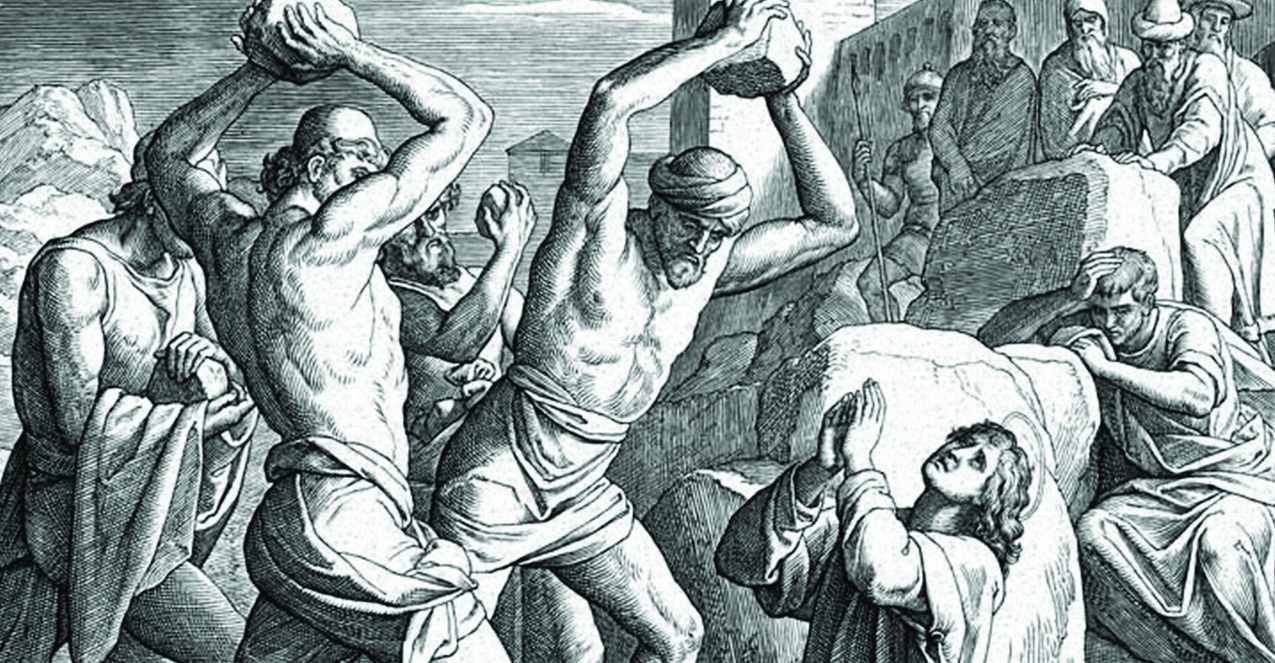


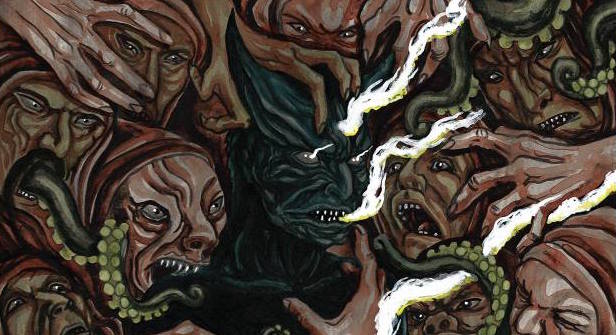

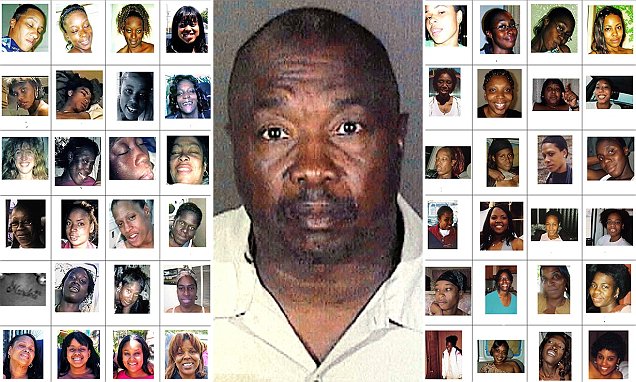












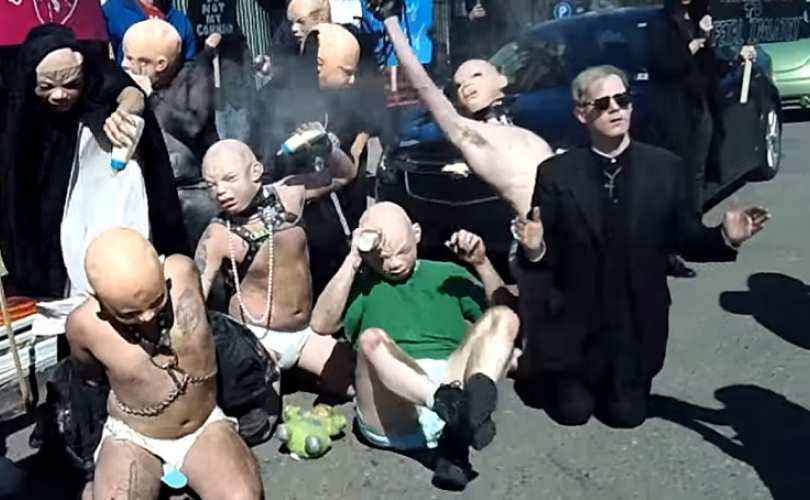





New Comments